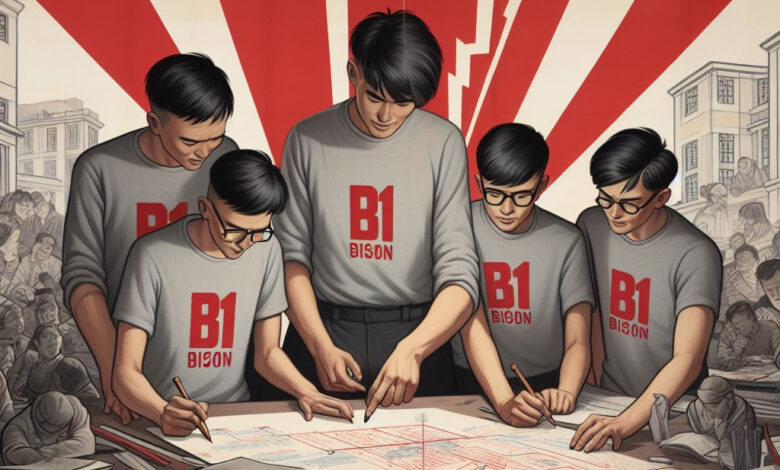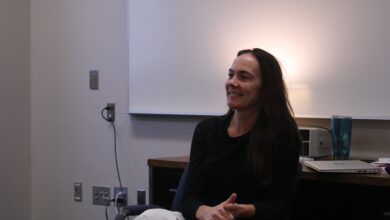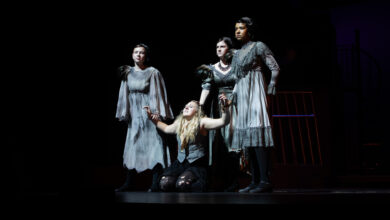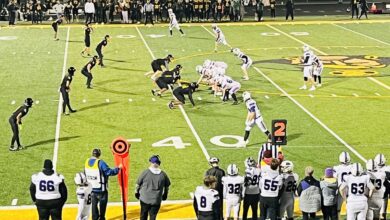For the Greater Grade: How Group Projects Demonstrate Different Economic Models

“What is the most communist thing we make you do at school?” The teacher asks the class. No one answers. After a moment’s pause, the teacher answers, “group projects.”
This comparison between the dynamics of group projects and the principles of communism provides an insight into the parallels between classroom activities and economic ideologies.
In a survey conducted of BHS students, 51.4% of students said that, in a group project, everyone gets an equal share of the work. Everyone is the same and there is no hierarchy.
In the context of a class, the dynamics of individual and group projects can be likened to different economic systems. When a teacher assigns an individual project, the class operates as a market economy. Each student has the freedom to choose how they will approach the project and the level of effort they will invest. They are essentially “paid” for their work in the form of a grade, mirroring the incentive of money in a market economy. Conversely, when a group project is assigned, the class operates as a command economy. Responsibilities are distributed equally among group members, and everyone works towards a collective grade, which leads to those doing less than their fair share.
“It was in Psychology. We got together, and we were going to do these slides,” Cohen Haley ‘25 said. “Then we were going to present the slides that we did. I checked the night before it’s due at 11:00 Instead of 11:59, and none of them did any of their slides. I had to do all of their slides in 40 minutes. And then when I got there the next day, they were all gone. So I had to present it alone.”
With some projects having a combination of everyone’s effort into one combined grade, it can be difficult to admit but some put in more work than others, but there are exceptions to the existence of Oligarchs. Whether they’re trying to impress or they don’t feel like coasting to a free grade, there are always those that can work together to increase the likelihood of a better grade.
“There’s some natural consequences involved with that choice [Group Projects] as well. Some students who probably historically have not done their fair share of group work may not get chosen for the group because they have a reputation of not doing their portion.” CIS World History Teacher Tara Rosh said. The dynamics of group projects in the classroom reflect a balance of natural consequences and potential benefits. This dual perspective underscores the complexities and implications of collaborative work within an educational setting.
“Group projects can add a little bit more depth to understanding or research as well as differing perspectives as people can look at the same big idea question and dive in a little bit deeper.”
CIS U.S. History Teacher Craig Lachowitzer said.
While group projects may present challenges, such as unequal contributions and reputable consequences, they also offer benefits, including a deeper understanding of the subject matter and diverse perspectives. This highlights the complex nature of collaborative work within an educational setting and its implications on students’ academic and social experiences.




